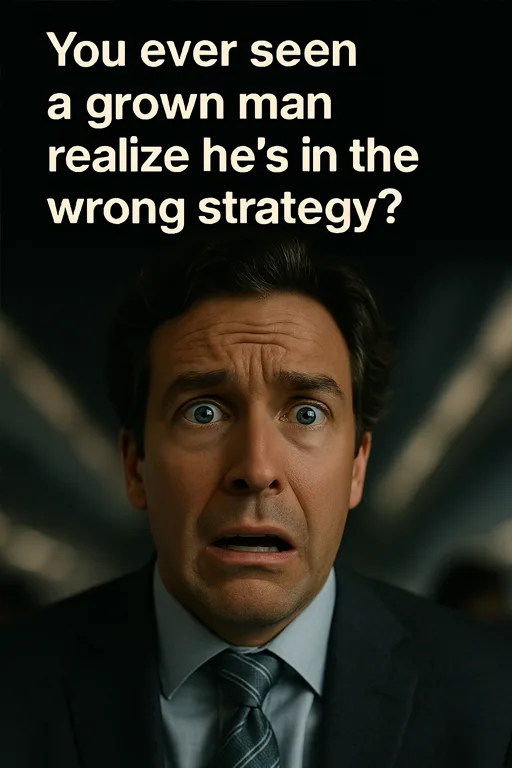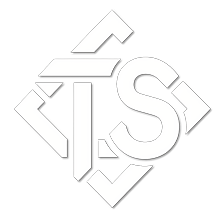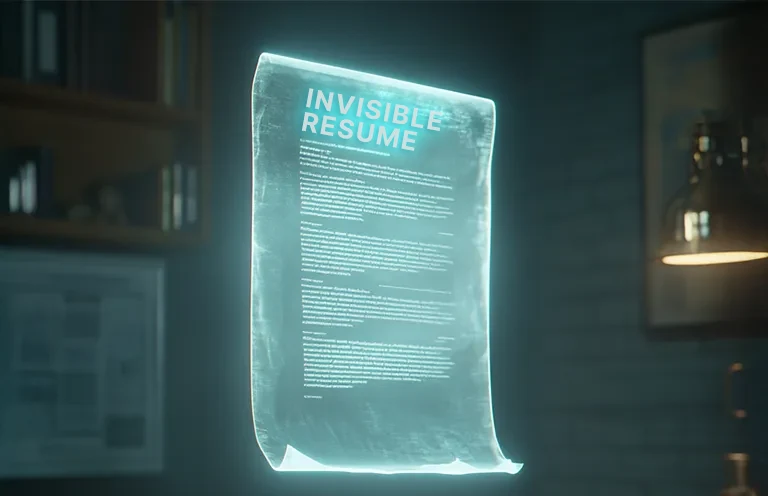The In-Flight Realization
The team I inherited was technically proficient—IT backgrounds with intimate knowledge of gigahertz, megabytes, and network protocols. They could recite every antenna spec and technical minutiae flawlessly.
Instead of solving problems, they were putting customers to sleep. Sales were plummeting for a clear reason: this commissioned team didn't know how to sell.

The Course Correction
Instead of functioning as glorified Google searches for product specifications, what they needed to do was:
- → Lead customer meetings from the front
- → Uncover pain points through strategic questioning
- → Connect value propositions directly to business challenges
- → Drive toward asking for the sale
- → Model this process so reps could replicate it independently
So I changed our destination. Over the metaphorical intercom, I announced:
"We will be experts in the value proposition of our tech solutions that meet identified and targeted business needs and drive a clear ROI."
I asked how they thought we would accomplish this. The response?
Crickets.
They were clueless, and I had to redraw the map.
The New Flight Plan
I broke it down word by word into a clear framework they could understand:
Experts in value proposition
Understanding customer pain points through questioning
Demonstrating solutions
Showing precisely how we solve specific issues
Driving ROI
Articulating clear business value in financial terms
When it clicked...this was the face of 70% of my team that day.

Technical knowledge would take a back seat until we mastered the sales process completely—becoming the gold standard in consultative selling. Just like avoiding boring, broken meetings, we focused on engagement and value.
That's when 70% realized they had boarded the wrong plane. Most returned to operational IT roles where they could focus on their technical strengths. They were happier, and we quickly filled positions with people aligned to our new direction.
Executing the Strategy
The transformation wasn't overnight but followed a systematic approach with clear phases.
Training Overhaul
We invested weeks in targeted sales training, completely rebuilding how the team approached customer interactions.
Sessions focused on questioning techniques, value articulation, and objection handling—skills previously underdeveloped or non-existent.
Practice Makes Perfect
Role-playing was our secret weapon. We conducted sales certifications with difficult customer scenarios and scored proficiency and improvement.
This built confidence and muscle memory for high-stakes client interactions.
Meeting Discipline
Every customer interaction followed our simple framework:
Pre-meeting: 30-minute strategy session to clarify goals, assign roles, and anticipate objections
Execution: Following our proven agenda template, designed to uncover needs before presenting solutions
Post-meeting: Immediate debrief to document lessons and improve future interactions
Content Standardization
We built a library of structured content, including presentations, demos, ROI calculators, and case studies.
This ensured consistent messaging and quality regardless of which team member was leading. Every interaction built our invisible résumé through demonstrated value, not just talked about it.
The Results Speak
Within a year, we became the gold standard for sales excellence, outperforming even the B2B reps we supported.
My team members were poached for leadership roles, with several reaching senior positions in the Fortune 50 tech giant.

Our clear mission didn't just fix our team, it created a talent pipeline that influenced the broader organization's culture and established a systematic approach to sales excellence that outlasted any individual contributor.
The Crucial Lesson
Customers don't buy because a device has seven serial ports or the latest processor. They buy to solve problems or access opportunities previously unavailable.
Had I tried to transform the 70% who needed to leave through other means, the change would have been too slow and created unnecessary resentment.
"They didn't need more training. They needed a destination."
The Key Takeaway
This became my first lesson in the power of a clear mission statement: When everyone understands the destination, those who belong will stay, and those who don't will find their right plane.




